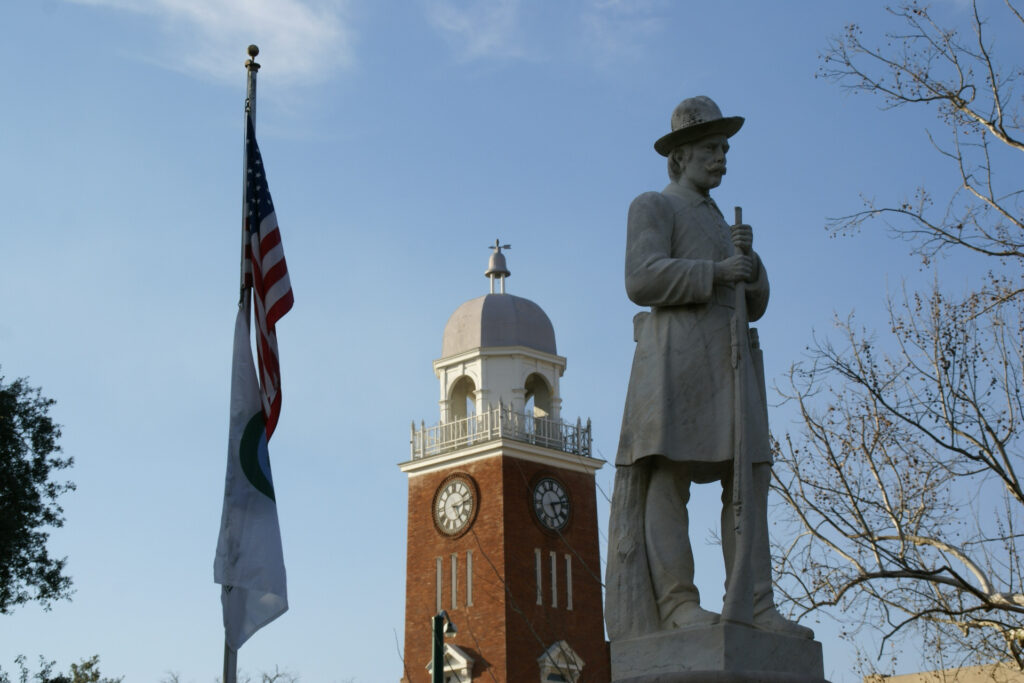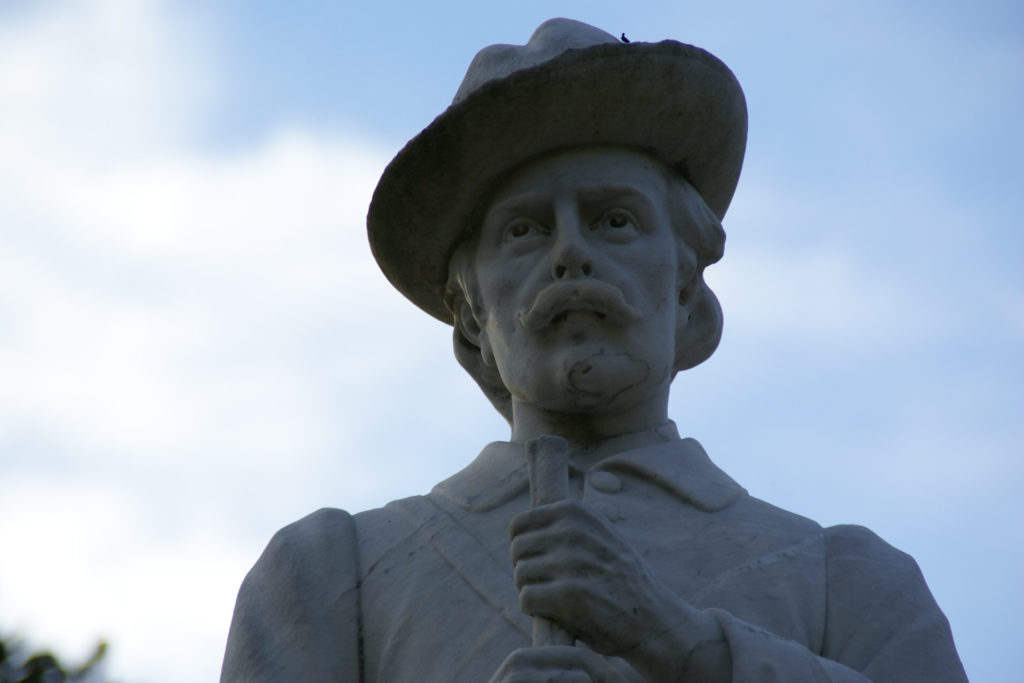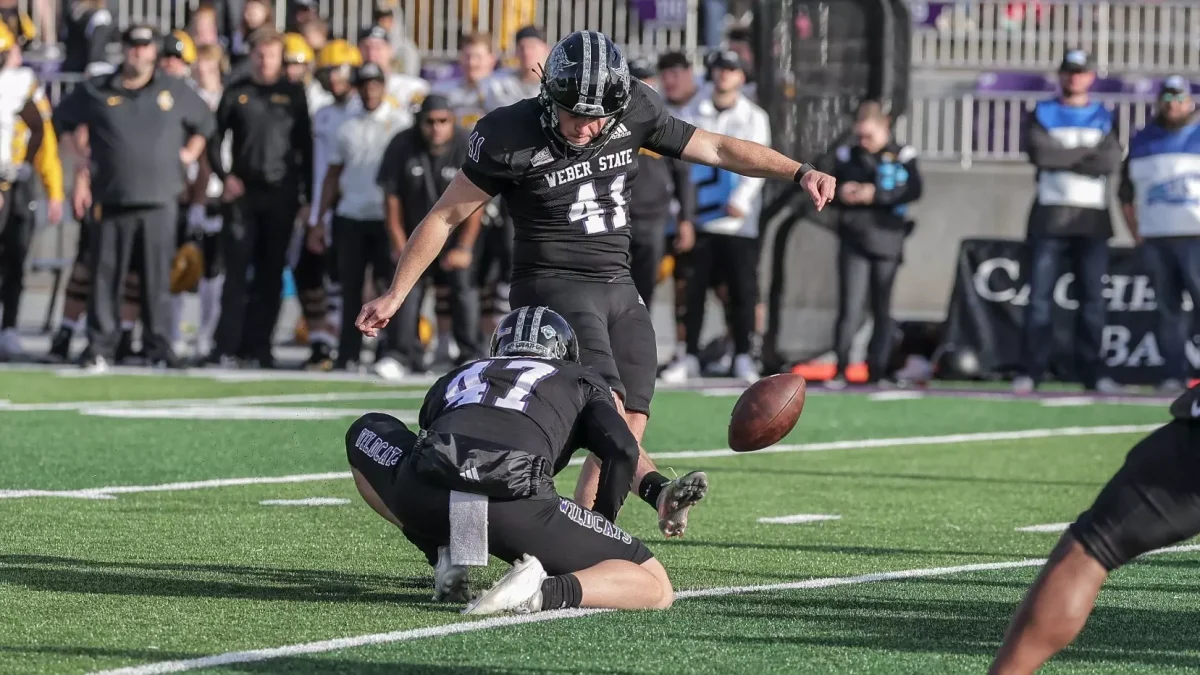When you think of those qualified to talk about racism and bigotry, you probably don’t picture a white man going to college in a state the U.S. Census Bureau says is 91 percent caucasian.
Throw in the fact I grew up in Georgia and Mississippi and you might begin to question whether you should even keep reading. But please, allow me to present my case.
Let’s start at the beginning, years before I was born. The heart of the Civil Rights Movement in the 1960s led to a large amount of Ku Klux Klan activity in the South. This hit home one night when my grandfather heard loud voices outside of his and my grandmother’s home.
He looked out of the window to find a group of KKK members attempting to light a cross in his Jewish neighbor’s yard. I am proud to say my grandfather was able to help run the men off before they were able to light the cross. He risked his life for his neighbor.

Fast forward to 2012, prom night for my local high school in Bainbridge, Georgia. As was a decades-old tradition, a group of students gathered at the town square at the quaint and serene Willis Park where we promenaded through the plaza together.
I barely noticed the statue that had been there since the early 1900s — a statue of a Confederate soldier erected by the Bainbridge Chapter of the United Daughters of the Confederacy just after the turn of the century.
This statue bears no name, only a plaque that dedicates it to the soldiers who made up Company G of the First Georgia Regiment, commissioned in 1861 to fight in the Civil War.
The effects of Klansmen and racists in southern Georgia brought a different kind of recognition to the statue. In 1937, fewer than five years before our nation went to war to fight the systematic oppression and killing of people because of their ethnicity, a much quieter — though no less gruesome or heartless — war was happening on our own soil.
Please be warned, what follows is a grotesque recount of actual events. If this will cause you grief, please continue reading. We all need to grieve over the heartless and evil acts of those who have come before us.
The New York Times published a story from Bainbridge on May 25, 1937, under the headline “Negro Slayer Shot Dead.”
The story reads as follows:
“A mob entered an undertaking parlor here tonight, took the body of a Negro identified by Sheriff W. J. Catledge as Willie Reed, confessed slayer of two white women, and dragged it around the public square behind a procession of automobiles. The automobiles then move into a Negro baseball park at the edge of the town and a pyre was made out of fence boards. The body was burned.”

This was, unfortunately, not the first lynching that took place in Bainbridge, nor was it anywhere near the last to take place across the country. It is important to know about these horrific events because they are evidence of explicit racism that took place in the same places where I spent my childhood.
You must know because of what happened after I saw that Confederate statue for the hundredth time that day during prom. What did I do?
Absolutely nothing.
I had never been affected by being white in rural Georgia. I had never felt the effects of systemic racism because of my background or skin color. So I did nothing, and until this year, no one else did either.
There is now a petition to place the statue in Bainbridge’s town history museum instead of leaving it in Willis Park. As of this printing, it has gained nearly 1,000 signatures.
I believe my ignorance of the issues of race embodies much of America today. Far too often we believe that because a problem has not directly affected us, it must not be a real problem. That ignorance must leave and never come back.
As the Declaration of Causes of Seceding States plainly shows, slavery was at the heart of the Civil War. Mississippi felt it so necessary to clear this up that the second sentence of their declaration of secession reads, “Our position is thoroughly identified with the institution of slavery — the greatest material interest in the world.”
I used to say the Confederate statues celebrate the men who fought bravely, not what they were fighting for. This is simply untrue. The two are inseparable. The Confederate soldiers who fought in the war may have had their own sets of values, but they all fought for the same army.
The racism my grandfather risked his life to prevent decades ago was blatant and obvious, and there was no doubt those actions were evil and needed to be stopped. Today, I choose to fight against the less obvious forms of racism in our society. Unfortunately, this doesn’t mean blatant racism doesn’t still exist in America.
How do we stop the David Dukes and Richard Spencers of our world? We do it by drowning out their message with a better one.
It sounds so simple that some might think it need not even be said, but in a piece such as this, it would be wrong to not unequivocally and unabashedly condemn the racist acts of those in demonstrations such as that of Charlottesville, Virginia. These vile forms of explicit racism have no place in our society.
And implicit racism must be condemned as well. Confederate statues belong in museums, where we can remember that piece of our nation’s history without celebrating it.
There is more to be done, though. There are plenty of injustices in our nation, and it is our job to look beyond the surface and find the root of the issues.
The heartbeat of a nation rests in the pulse of its people. We the people have the opportunity to effect change in our nation, to change its pulse. We the people can together condemn all forms of racism and take steps to transform our society. We the people of the United States can stand together, finally and fully united.




















SisterM • Nov 16, 2023 at 8:45 pm
Dang thanks for writing this reed was a relative.
I have another relative that was lynched in Bainbridge his name was Riles